As the UK Government’s target to reach net zero carbon emissions by 2030 continues to gather pace, so increasingly more car dealerships are making the move to selling electric vehicles (EVs).
To support this, there has been a big push to install EV charging infrastructure, with the government last year setting a minimum goal of around 300,000 public chargers in place by 2030.
As recently as February, the UK Government pledged £56 million for the installation of a further 2,400 charging points in a bid to speed up the transition, while charging companies have committed £6 billion towards their rollout, writes Alex Wright.
As the UK Government’s target to reach net zero carbon emissions by 2030 continues to gather pace, so increasingly more car dealerships are making the move to selling electric vehicles (EVs).
To support this, there has been a big push to install EV charging infrastructure, with the government last year setting a minimum goal of around 300,000 public chargers in place by 2030.
As recently as February, the UK Government pledged £56 million for the installation of a further 2,400 charging points in a bid to speed up the transition, while charging companies have committed £6 billion towards their rollout, writes Alex Wright.
Dealers and manufacturers have been stepping up their efforts too, with the provision of EV hardware and services. Only last month (June), Stellantis announced the launch of its Free2Move Charge business, designed to help provide EV buyers with hardware, financing, ongoing support and easy access to public charging points.
In January, Mercedes-Benz outlined plans to build its own EV charging stations, similar to Tesla’s $1 billion Supercharger network. Further afield in the US, GM and Ford have both announced that they will engineer their EVs to be compatible with the Supercharger network.
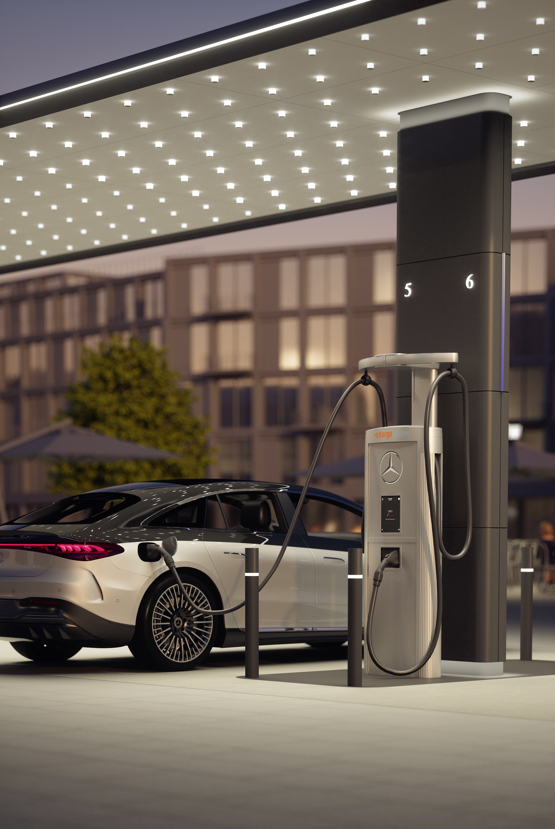 But it’s not just OEMs who are getting in on the act: following the recent acquisition of EV chargepoint installation company Bumblebee, during May and June, Arnold Clark offered free home charger installations as an incentive to buy pre-registered or used EVs, and it will also be launching its own charging network, initially with 500 points across the UK.
But it’s not just OEMs who are getting in on the act: following the recent acquisition of EV chargepoint installation company Bumblebee, during May and June, Arnold Clark offered free home charger installations as an incentive to buy pre-registered or used EVs, and it will also be launching its own charging network, initially with 500 points across the UK.
Van Mossel, which recently bought UK dealer group Jacksons, has also announced the launch of its new Energie business unit, which will provide a public charging network and an installation service for home chargers.
With increasingly more manufacturers and dealers looking to get into supplying EV hardware and services, what are the pros and cons? What kind of margins can be achieved and how prevalent is it likely to become in dealer forecourts?
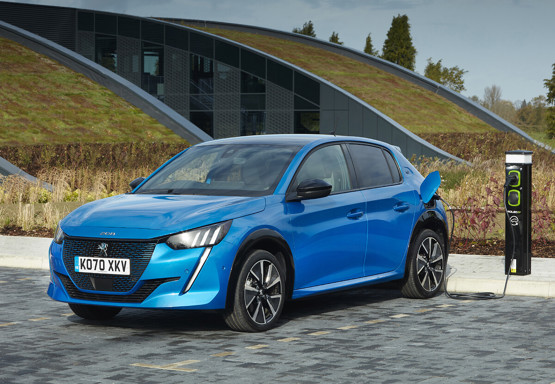 Among the key benefits of supplying an EV charge service, said Prajyot Sathe, research manager at Frost & Sullivan, is that those manufacturers and dealers with an established customer base have a high chance of getting them to subscribe to it. He said that they can also add another revenue stream in the form of residential charging by appointing brands that sell EV charging hardware.
Among the key benefits of supplying an EV charge service, said Prajyot Sathe, research manager at Frost & Sullivan, is that those manufacturers and dealers with an established customer base have a high chance of getting them to subscribe to it. He said that they can also add another revenue stream in the form of residential charging by appointing brands that sell EV charging hardware.
“On top of that, dealerships’ locations are already well placed in a strategic location which would be a good fit for an EV charging station that is accessible to customers,” said Sathe.
“Additionally, the provision of EV services can help improve customer experience by making the process of buying and charging as easy as possible, while manufacturers and dealers can also differentiate themselves from their competitors by offering innovative home energy-related service such as integration with home batteries and solar installations.”
Motor industry expert Mike Jones said that the biggest downside of providing this infrastructure is the significant upfront capital cost involved.
Then there are the ongoing expenses of running and maintaining it, he said, with the cost of an ultra rapid public charger more than doubling to 74.2 pence per kilowatt hour since September 2021, according to the RAC.
 “Depending on where it is in the country, in some of the motorway service stations where these EV charging points are installed, the cost of physically getting the electricity supply there in a sufficient quantity in order to be able to run a number of chargers is relatively expensive,” said Jones.
“Depending on where it is in the country, in some of the motorway service stations where these EV charging points are installed, the cost of physically getting the electricity supply there in a sufficient quantity in order to be able to run a number of chargers is relatively expensive,” said Jones.
“And from a pure brand point of view, they have already had to make massive capital investments in EV development in retooling all of the plants in order to be able to produce the EVs in the first place, so investing in a charging network on top of that is an even bigger drain on their capital.”
Steve Young, MD of ICDP, echoed his sentiments in a recent blog, writing: “I find it difficult to believe that the new investments have been justified on the basis of a straightforward direct return on investment based on the profitability of recharging itself. Infrastructure costs for high speed charging are typically six figures, and stations with multiple chargers are likely in millions.“
Lack of expertise
There is the argument too that OEMs should stick to what they are best at: making cars - a view that Professor Jim Saker, director of the Centre for Automotive Management at Loughborough University’s business school and president of the Institute of the Motor Industry, subscribes to.
He said that most franchised dealers don’t have the required expertise and experience to provide EV services. Then there is the question of why they should invest in it in the first place and whether they have the space to support it, he said.
“If the government are prepared to fund the policy, why should dealers and manufacturers invest in it if there’s no economic reason for doing so?” said Saker. “The other issue is space: most dealerships aren’t set up with enough capacity to have people queuing in their forecourts to charge their cars, let alone staffing and security if the site is going to be open 24/7 like the charging points at motorway service stations.”
It's also a matter of scale. While the large OEMs and dealerships may have the capacity of network to provide the services, smaller dealers don’t, so they often have to refer customers to a chargepoint partner. Added to that is the need to hire staff with the right skillset to deliver the technology and ongoing training, or to sub-contract the work out, and the expense associated with that.
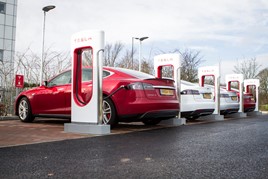 But Jones said that provided they do it well, as in the case of Tesla, manufacturers can be successful. Its Supercharger network, he said, has led the way for EV charging points across the UK.
But Jones said that provided they do it well, as in the case of Tesla, manufacturers can be successful. Its Supercharger network, he said, has led the way for EV charging points across the UK.
“Looking to the future, all of the brands are seeking ways to make money out of the connected vehicle by selling short and medium-term upgrades,” said Jones.
“They are looking for all these additional income streams to bolt on after the initial sale of the car, and that’s what they can do with the provision of these services.”
Sathe said the profit margins that can be achieved on EV charging hardware and services were highly variable and dependent on several factors, including the type of charger and power it uses, its location, the amenities available, and the hedging of electricity prices.
He added, though, that they tended to be low, with a seven to 10% margin in hardware sales, mainly from residential charging stations.
Saker added that while margin can be made, it’s hard to sustain given the initial upfront installation costs and the high price of electricity. The best way to accomplish it, he said, was by dealers and manufacturers using their own alternative energy source such as a wind turbine, yet that also requires having significant investment and available space to build it.
Jones said that dealers can play a key role as trusted advisors in helping the customer to choose the EV that will work best for them in terms of range. They can also provide additional hire vehicles for the occasions where they have to travel further and don’t want to take the risk of having to find a charging point without breaking down.
With the government mandate that, from 2024, 22% of new vehicles need to be electric, being ramped up to 80% by 2030, the race is on for dealers and manufacturers to meet that target. As a result, they have been heavily investing in not only EV design and technology, but also the infrastructure and training required to support it.
“The Government and the regulators have decided that net zero is going to happen and the car industry is reacting to that in the way that it has always done,” said Jones. “And that is adapting to change and fulfilling those needs.”
Login to continue reading
Or register with AM-online to keep up to date with the latest UK automotive retail industry news and insight.

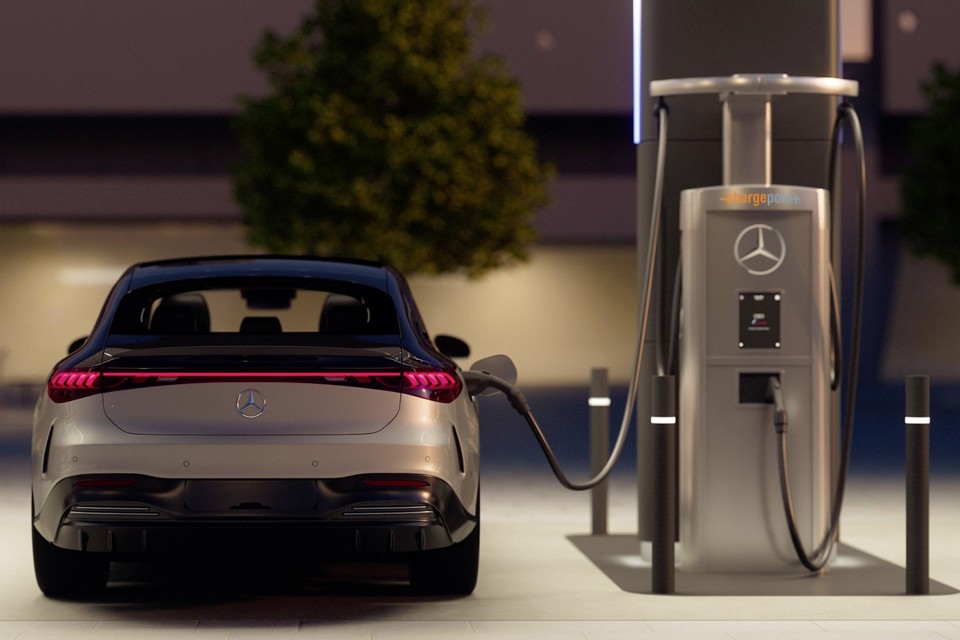






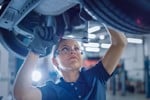






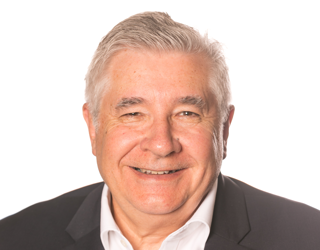
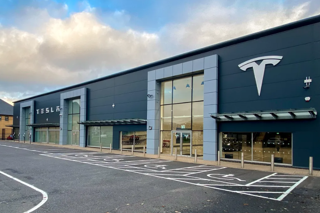
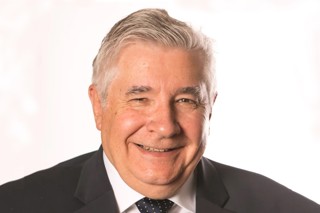
Login to comment
Comments
No comments have been made yet.